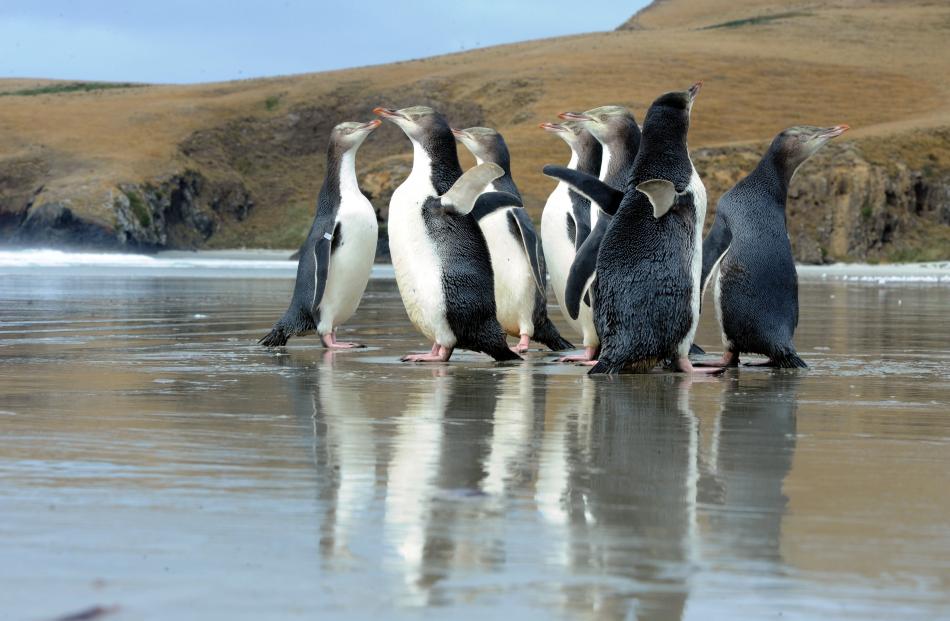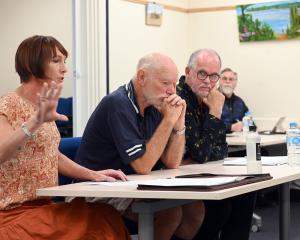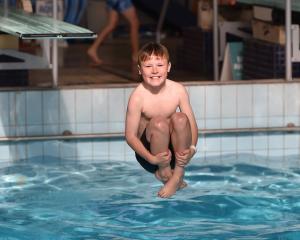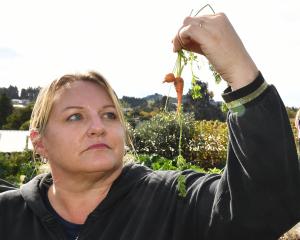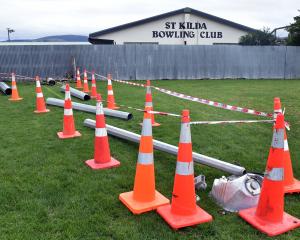Yellow-eyed penguin (hoiho) numbers in the Lower South Island continue to drop, causing one researcher to think they are doomed to extinction on the mainland.
Reporter Jono Edwards asks what is causing the decline and what can be done to conserve the world’s rarest penguin.
"Quite frankly, the yellow-eyed penguins, in my professional opinion, are on their way out."
These are the words of University of Otago’s Thomas Mattern, one of the leading researchers of the rare bird, in regards in their long-term survival on the New Zealand mainland.
Preliminary estimates of breeding pairs for this season released to the Otago Daily Times by the Department of Conservation show numbers in the South Island at 246, a 6% decline on last year’s 261.
At this stage, this year has overtaken the last as the worst for the bird on the Otago and Southland coastline in 26 years.
More dramatically the statistics show nest numbers on Whenua Hou (Codfish Island), near Stewart Island, were down to 14 this year compared with 24 last year.
In a statement Doc said it seemed nest numbers were similar to last year’s from Dunedin northwards, but declined further south.
Moeraki’s nest numbers were similar to last year’s at 50 and the Otago Peninsula was down 2% on last year with 90, although there were two large sites yet to be searched.
Further down the coast, the Catlins showed a decline of 10% with an estimate of 108, down from 120 last year.

"The biggest issue is the penguins living far too close to humans."
People flocked to beaches in the Catlins and Dunedin which likely either directly or indirectly caused the drop in numbers.
This year, there was an outbreak of diphtheria among penguin chicks which could be linked to dirty rivers, and rising sea temperature was also a likely factor in their decline on the mainland.
These long-term effects were not a quick fix, he said.
However, the urgent issue of the link between fishing practices and the drop in numbers could be aided if there was the "political will", he said.
The dramatic decline on Whenua Hou was likely related to set netting, he said.
"From my instinct and experience I think fisheries are playing a major part in the penguins’ demise.
"We can’t put a finger on specifically how big a part, because we don’t get the data."
Practices such as bottom trawling with dredges could also be affecting numbers, he said.
Forest & Bird chief executive Kevin Hague said these numbers reflected a rapid decline over time which should act as a call for ‘‘absolute urgency’’.
He agreed an important short-term objective would be to change fishing practices.
"At the very least we’re saying the fishing boats that are doing set netting need to have observers on them."
From information the organisation received from the Ministry of Primary Industries, it found most penguins accidentally caught on boats were from the roughly 3% of boats which had observers on them, he said.
"So it stands to reason there are a lot going unreported."
There was a yellow-eyed penguin recovery plan which had been in preparation for many years, but the organisation was "yet to see anything from it".
"There are very real prospects if we don’t take urgent action that the yellow-eyed penguins are going to disappear from the mainland on our watch."
In its statement Doc said the recovery strategy was a collaboration between itself, Ngai Tahu and the Yellow-Eyed Penguin Trust and the groups were also working together to respond to the Whenua Hou situation.
When Conservation Minister Eugenie Sage was asked whether action was being taken in reaction to the decline she said, "The hoiho numbers on Whenua Hou are concerning and I’m getting advice from the Department of Conservation on this matter."
Fisheries Minister Stuart Nash did not respond when asked to comment yesterday.
The total population of yellow-eyed penguins is estimated at 1600 to 1800.
About 60% of live on the Auckland Islands and Campbell Island, hundreds of kilometres south of Bluff.
They are both protected Doc nature reserves.
Doc says it monitors, researches and manages yellow-eyed penguins alongside its various partners.
The department does not directly say fishing practices are the cause of the dramatic drop on Whenua Hou, but its statement said, as it was a predator free island, terrestrial influences were "unlikely to be the cause".
It said more research was needed to determine exactly what factors were causing the decline.
Yellow-eyed Penguin Trust general manager Sue Murray said she imagined the recovery strategy would be competed next year.
"We want to get it right, but there is certainly a degree of urgency."
It certainly needed to work with fisheries to assess what part they played in the decline and how they could help, she said.
However, there was so much unknown about the reasons for the decline and gaps in information about the diet of the species, as well as their life while out at sea.
Groups are working together to plan to save the animal, but it is that process which has made Dr Mattern fatalistic about their future on the mainland.
"There are so many groups that need to be consulted that I just don’t see happening the urgent change that needs to happen to save them."

